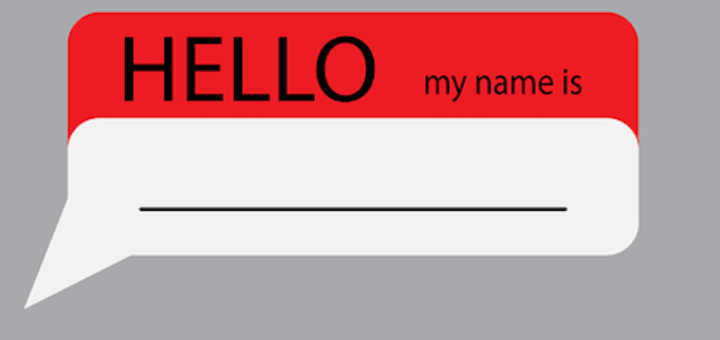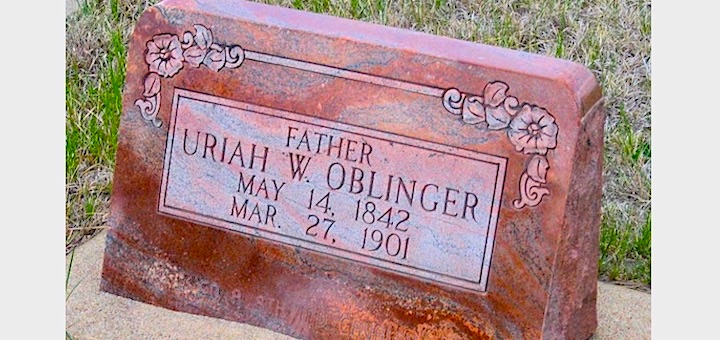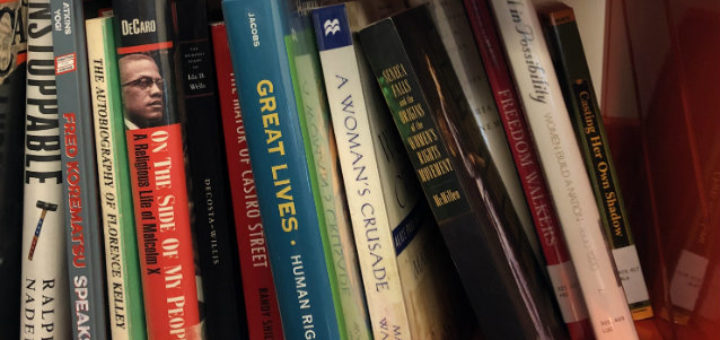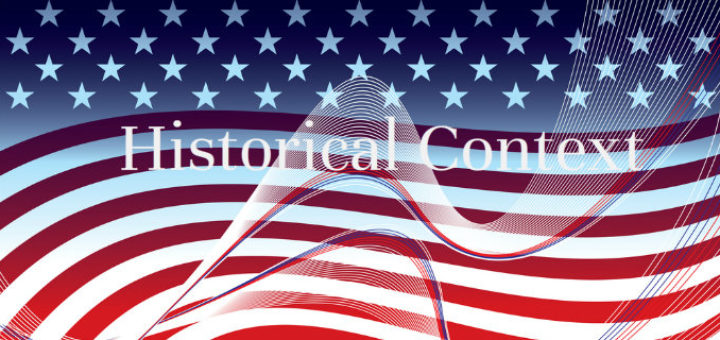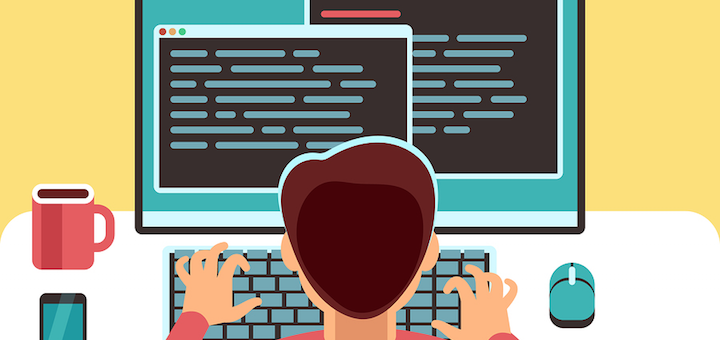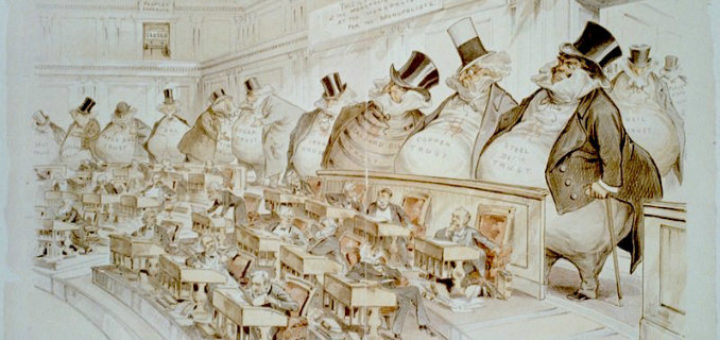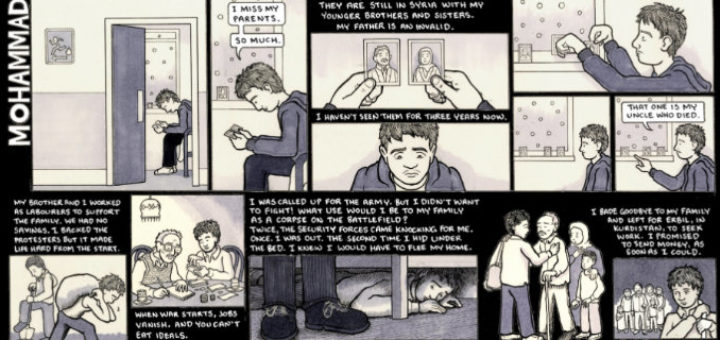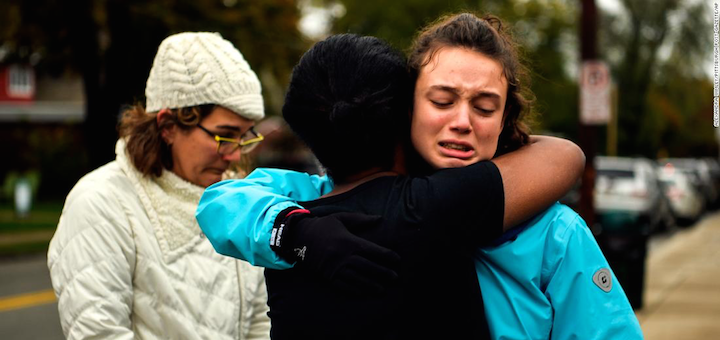Category: Future of History
American Indian or Native American? Latina or Latino or Latinx? African American or Black? History teacher Lauren Brown shares activities and resources she uses to help students understand the background and history of such naming choices and why it’s important to teach.
History is not just the causes of the Civil War, reasons for industrial growth, or dates associated with “big events” and major characters. Lauren Brown works to help her middle schoolers understand it’s about ordinary, often archetypal lives of human beings much like us.
How can history students use resource books more effectively in their research papers? Taking a cue from a staff meeting, Sarah Cooper devised a handout to help 8th graders quickly scope out a nonfiction book and find stories and quotes to enliven their papers. It worked!
Returning from the 2018 NCSS conference, Sarah Cooper reignites her US history unit on reformers to deepen student understanding about historical, current and future activism. Learn more about the 10 Changemaker Questions she used to create a sense of action in her classes.
That day you left your notes at home. Or taught a stupendous lesson that left kids bored. Or found a student’s super essay was all plagiarized. Or arranged a special speaker only to learn about a conflicting event. Middle school teacher Lauren Brown offers solace and a mood lifting idea.
It’s at the precise moment when students are bombarded by facts, whether historical or current, that we need to be especially vigilant, writes American history and current events teacher Sarah Cooper, paraphrasing historian Sam Wineburg. Sifting through sources has become a life skill.
Sam Wineburg’s new book Why Learn History (When It’s Already on Your Phone) is a game changer, writes Sarah Cooper. Here she focuses on his ideas for teaching students to evaluate websites laterally in addition to vertically, in the manner of professional fact checkers.
Linking one event or person to later developments opens history students up to seeing how pieces of the massive puzzle of the past fit together and how the issues we face today developed. Lauren Brown shares several engaging strategies to help make those connections.
While photos and texts can bring alive an issue one medium at a time, reality-based comics have the power to drop us into a story both visually and verbally. Sarah Cooper’s eighth grade students learned that lesson when they followed the trek of Syrian refugee Mohammad.
After three hate crimes in one week in late October, 8th grade teacher Sarah Cooper came in on Monday ready to talk, “to imagine how we could react in healing ways.” Yet, as her first class began, “I realized this conversation would be different. As a Jew, I felt shaken.”

